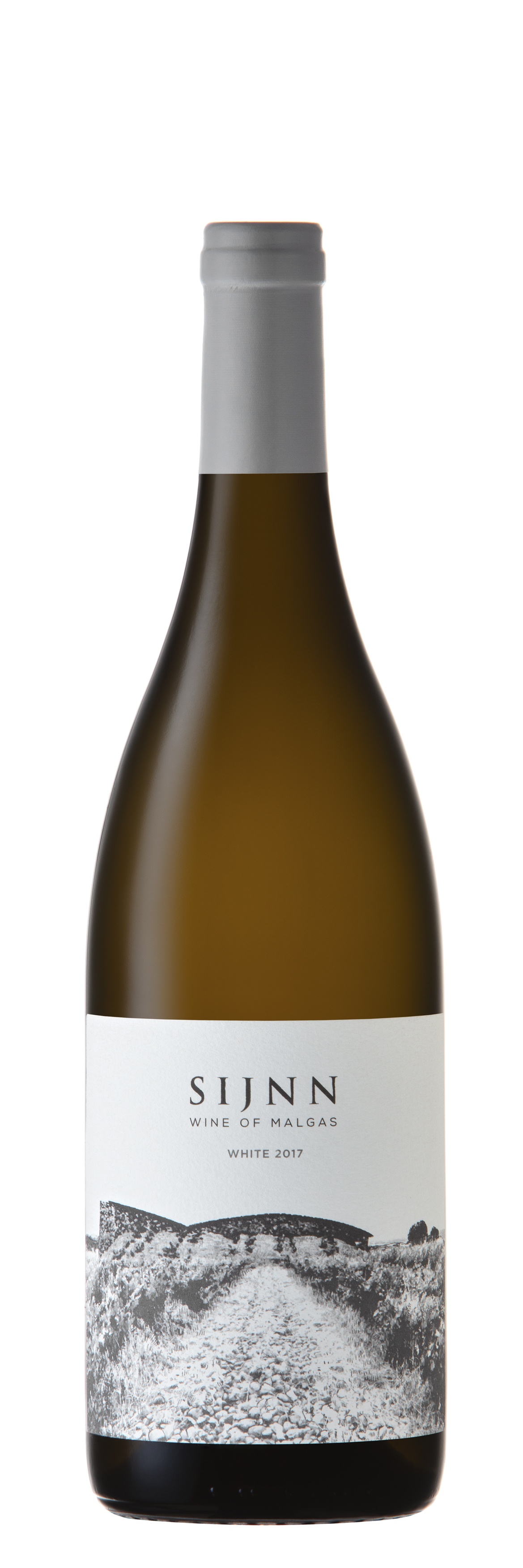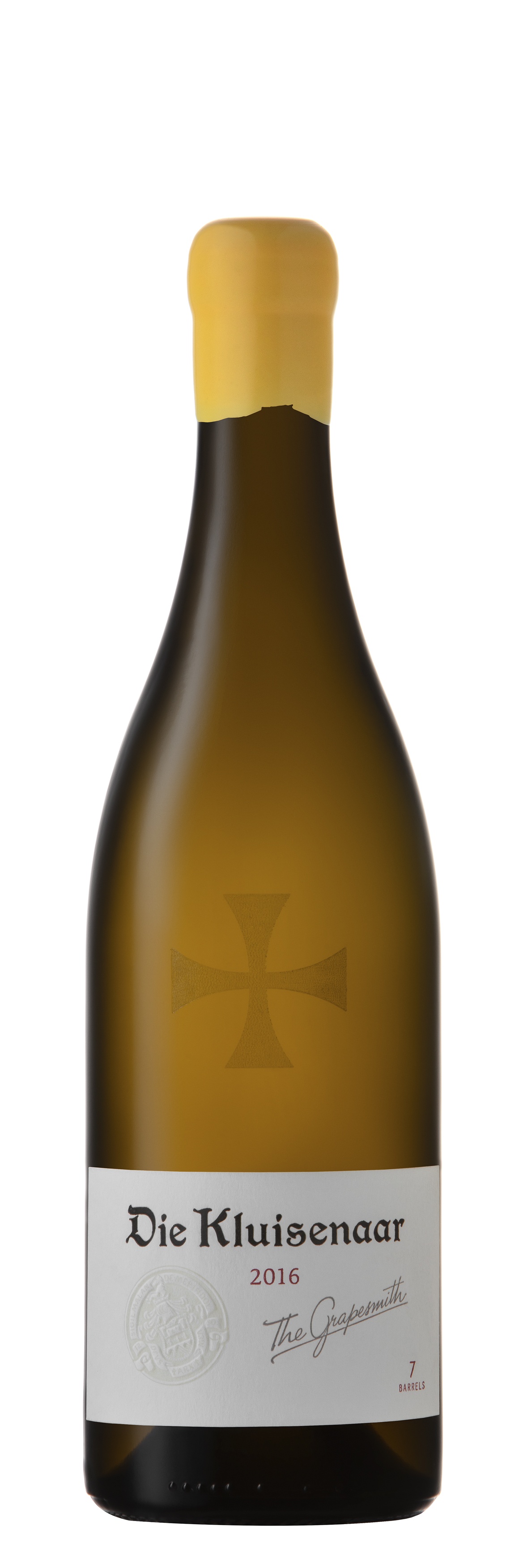A White Christmas
International wine luminary, Steven Spurrier, visiting Robertson for the biennial De Wetshof Celebration of Chardonnay, added to the day’s festivities by graciously bringing along bottles of his own wine – the Bride Valley Blanc de Blanc bubbly from Dorset.
He was really excited about the prospects for his 2018 bottling after the wonderfully warm summer the UK had experienced. An unnaturally warm, dry summer... and experts all agreed that it’s the definite result of global warming. Champagne is getting hotter, as is Bordeaux and other wine regions.
There’s no reason South Africa’s winelands should escape the same fate – which is why local wine producers are already preparing coping strategies.
Winemakers have an inveterate urge to play, to experiment and try something new – be it a technique, a new piece of kit or a different and unusual grape. It’s interesting to consider how previously “unusual” grapes are now making it off the test bench and into the market.
The annual Platter Guide to South African wines was released in November and a quick scan of the index of white grapes reveals an interesting snapshot. In the 2014 edition, just 10 white grapes were featured: Chardonnay, Chenin Blanc, Colombar, Gewurztraminer, Hanepoot, Muscadel/Muscat, Riesling, Sauvignon Blanc, Semillon and Viognier.
In 2019 all of those appear – but are joined by Albarinho, Bukettraube, Clairette Blanc, Fernão Pires, Grenache Blanc, Grüner Veltliner, Hárslevelü, Marsanne, Nouvelle, Palomino, Pinot Blanc, Pinot Gris/Grigio, Roussanne, Sylvaner, Verdelho and Vermentino to take the tally to 26!
While space is always an issue in the Platter Guide and judicious editing meant some of those grapes would have been planted five years ago, they were so insignificant and unremarkable they were left out. Palomino, Sylvaner, Clairette Blanche, Fernão Pires, Grenache Blanc, Hárslevelü and Nouvelle have been around for a while – but now the importance attached to them is on the rise. Edgy winemakers are incorporating these grapes into blends or utilising them for funky, individual bottlings so their presence can no longer be ignored.
But then there are the newbies – like Newton Johnson’s Albarinho which has been joined by one from Nederburg. Springfield’s bottling did not make it into the 2019 guide but was one of the many “under the table” offerings at Cape Wine 2018...
The Rhône white grapes of Roussanne and Marsanne were planted locally by some prescient producers more than a decade ago after initial results with Viognier proved favourable. Rustenberg boasted some of the earliest plantings but Swartland organic producer Org de Rac is making a few people sit up and take notice of its stand alone Roussanne – and its Verdelho is having the same result. Others which offer a single variety Roussanne include unabashed Rhône Ranger Ken Forrester, De Morgenzon, Bellingham, The Foundry, Painted Wolf and Mischa. Then there are producers like David Trafford who has utilised 3% of Roussanne in his Sijnn White to add a point of difference to the Chenin Blanc and Viognier (84% and 13% respectively) blend.

One of the founders of the Stellenbosch Wine Route, Simonsig, celebrated 50 years of winemaking in 2018 – and Johan Malan has just released two wines which he’s spent the past 10 years playing with. Released under The Grapesmith label are Die Kluisenaar (Afrikaans for The Hermit, a nod to the wine’s white Hermitage roots) and Mediterraneo. The former is a 60/40 blend of Roussanne and Marsanne and the latter Roussanne (57%), Marsanne (37%) with 5% Grenache Blanc and a token 1% of the Portuguese grape Verdelho which Malan insists makes all the difference by adding a touch of acidic seasoning!

On the topic of that particular grape, there are a surprising eight bottlings currently available on the SA market from Arcangeli, Stellenbosch Vineyards, Fairview (of course!), Maanschijn, Org de Rac, Cavalli and then Thelema and Flagstone.
Just below Verdelho in the Platter wine index is Vermentino, the tangy lemon-toned wine from north-eastern Italy which boasts just two advocates: Morgenster and Ayama. Is it any surprise that both are Italian-owned operations championing this grape?
The sole producer of Austria’s favourite grape and wine, Grüner Veltliner, remains Diemersdal – but then it was a passion project of Thys Louw’s to gain approval for plant material to be imported in the first place.
And not to be outdone, Jordan is apparently well on the way to planting Assyrtiko in its Stellenbosch soils. It’ll be interesting to see how the Platter Guide of 2024 or 2029 reflects the white grape planting mix of South Africa.
- Fiona McDonald